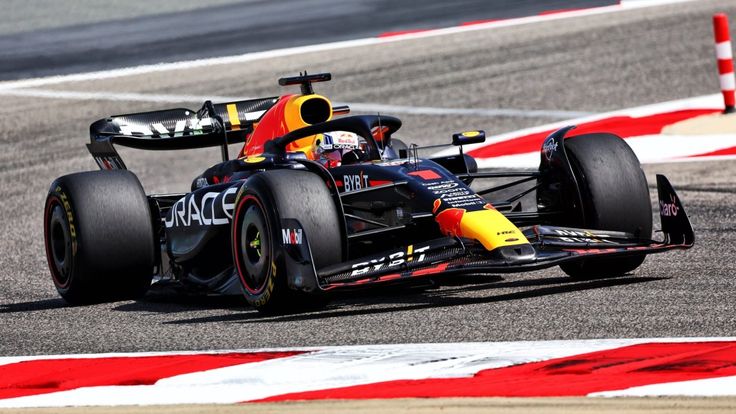Hello everyone! My name is Jyrus Cadman and I’m majoring in Computer Science and minoring in Economics. One of the reasons I enrolled in this class is because I think it’s a refreshing experience within the theoretical and logic-heavy environment of a CS degree program. I also don’t think I’ve exercised my creative abilities enough recently, which is what I’m hoping this class helps with.
Link To Project: https://www.redbullracing.com/int-en/cars/rb19

Like a lot of people, I’ve recently taken an interest in professional Formula One racing. Particularly, the engineering behind the beasts that grace the racetrack. Finding the right engineer to build the best car is just as valued as finding a winning driver to handle it. And among those prized engineers is Adrian Newey. Widely regarded as one of, if not the best Formula One designers of all time, Newey has been credited with designing several winning Formula One cars. His most recent car design that some of you have probably seen is the Red Bull Racing RB19. This marvelous work of engineering is sleek, yet powerful. It looks great on the racetrack, and performs even better. In fact, the reason you’ve probably seen it is because it’s the car driven by Max Verstappen, one of the best Formula One drivers in the world today. With that said, I believe we are witnessing something rare with this Red Bull Racing Team and at the forefront of it is the beautiful RB19, an ambitious piece of work accomplished in part by successful computational design.
The RB19 is a masterpiece of modern Formula One engineering, blending cutting-edge aerodynamics with computational fluid dynamics (CFD) to achieve peak performance. What I find particularly compelling about this project is the intricate balance between form and function. Newey and his team utilized advanced CFD simulations to optimize every curve and surface of the car, ensuring maximum downforce while minimizing drag. This computational approach allows for rapid iteration and testing of designs that would be impractical or impossible with physical prototypes alone. The result is a car that not only dominates on the track but also pushes the boundaries of what’s possible in automotive design. It’s fascinating to see how computational methods have transformed F1 from a sport of intuition and experience to one where data-driven design plays a crucial role in success. The RB19 stands as a testament to the power of computational design in creating machines that are both aesthetically striking and functionally superior.
Hello Jyrus,
I find F1 to be fun and extremely interesting. These cars are the peak of design and engineering. I find the search for peak performance when it comes to F1 to be one of the most interesting things in sports. I didn’t even consider F1 when thinking about a project that inspires me, but I totally understand why you chose it.
Hi Jyrus,
I’m also a fan of Formula 1 and the Red Bull team. Did you know the technology used in F1 eventually trickles down to consumer cars. It’s amazing to see that the design of cars come to be in order to achieve peak performance. Even the pneumatic value system look like a work of art. Great inspiration!
Jyrus,
It’s amazing to see how computational design has taken over several different sports, especially those that involve vehicles! Professional Formula One racing isn’t exactly a sport I’ve been too involved with, but it’s awesome that these designs are already being implemented into competition. Given your point about needing rapid iteration and testing ability, I wonder what the time and efficiency differences are between producing through a more traditional route and the computational approach. Great project choice!
Hey, I 100% agree about this class being a breath of fresh air between all the heavy theoretical classes! It’s nice to have something concrete to work on.
And thanks for sharing this project! The engineering is amazing. I love that people can create machines by running computational simulations to find the most efficient design!